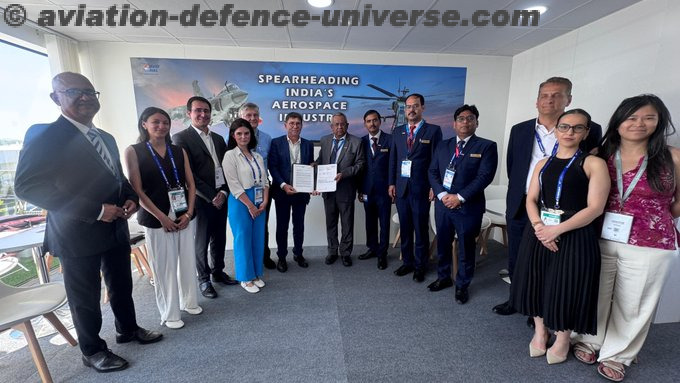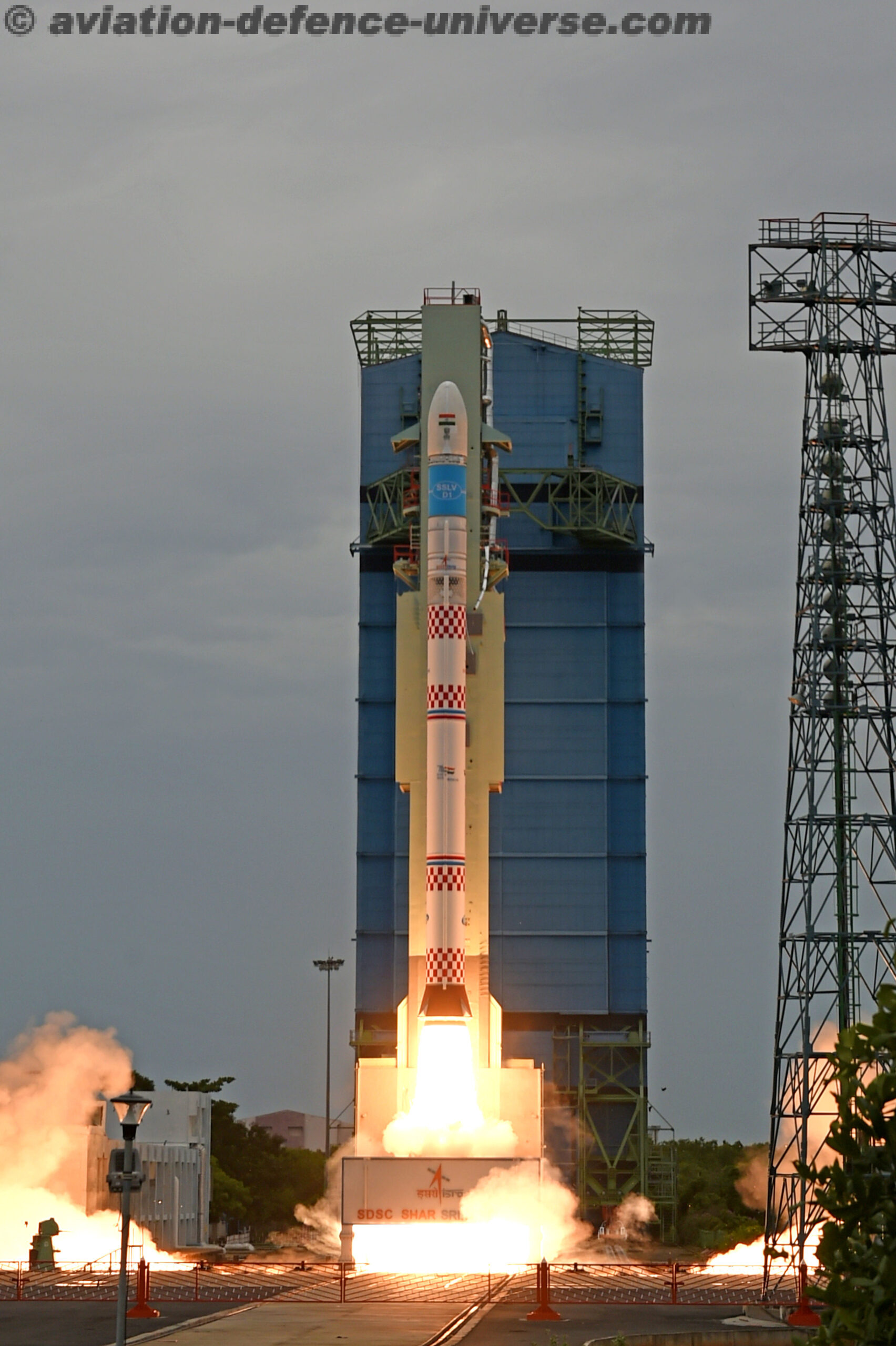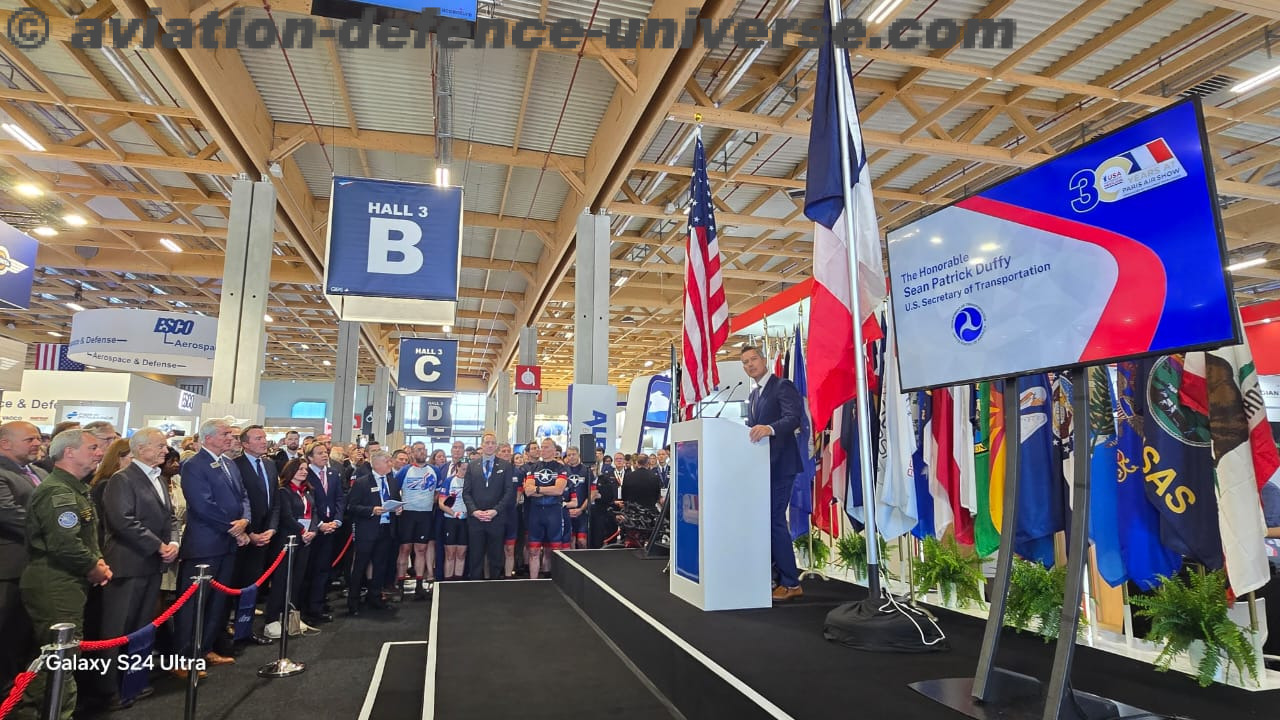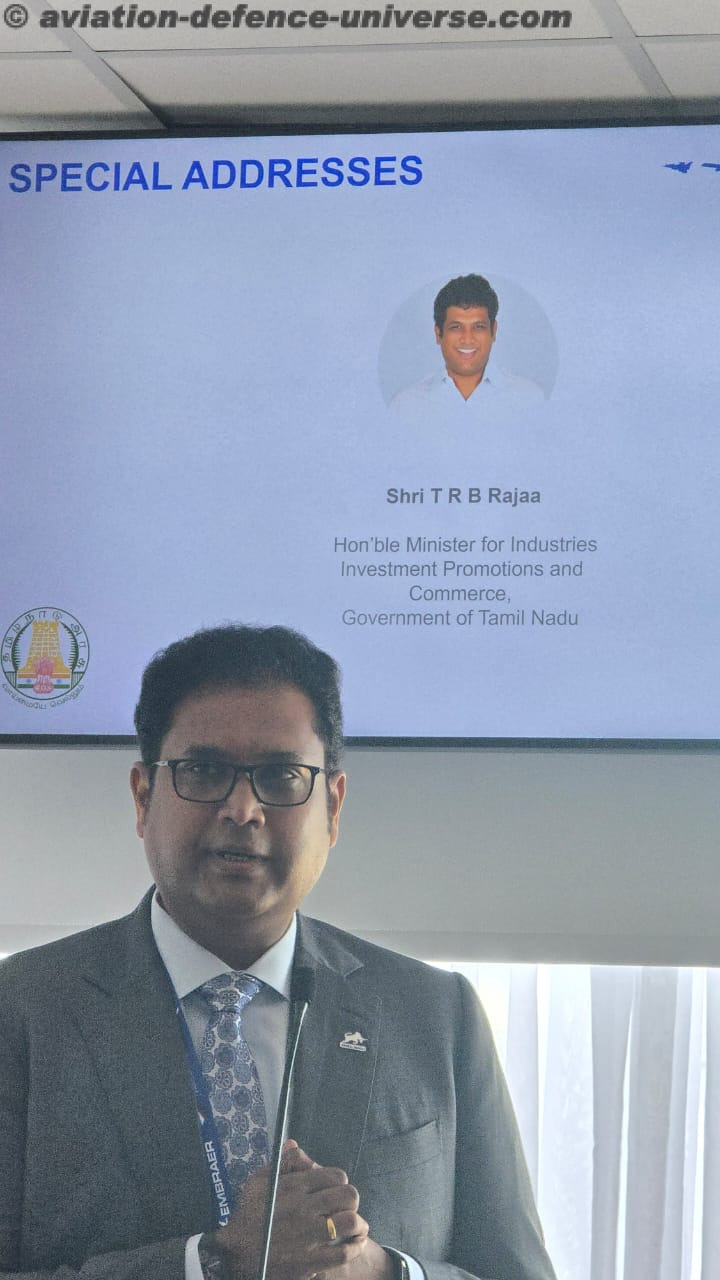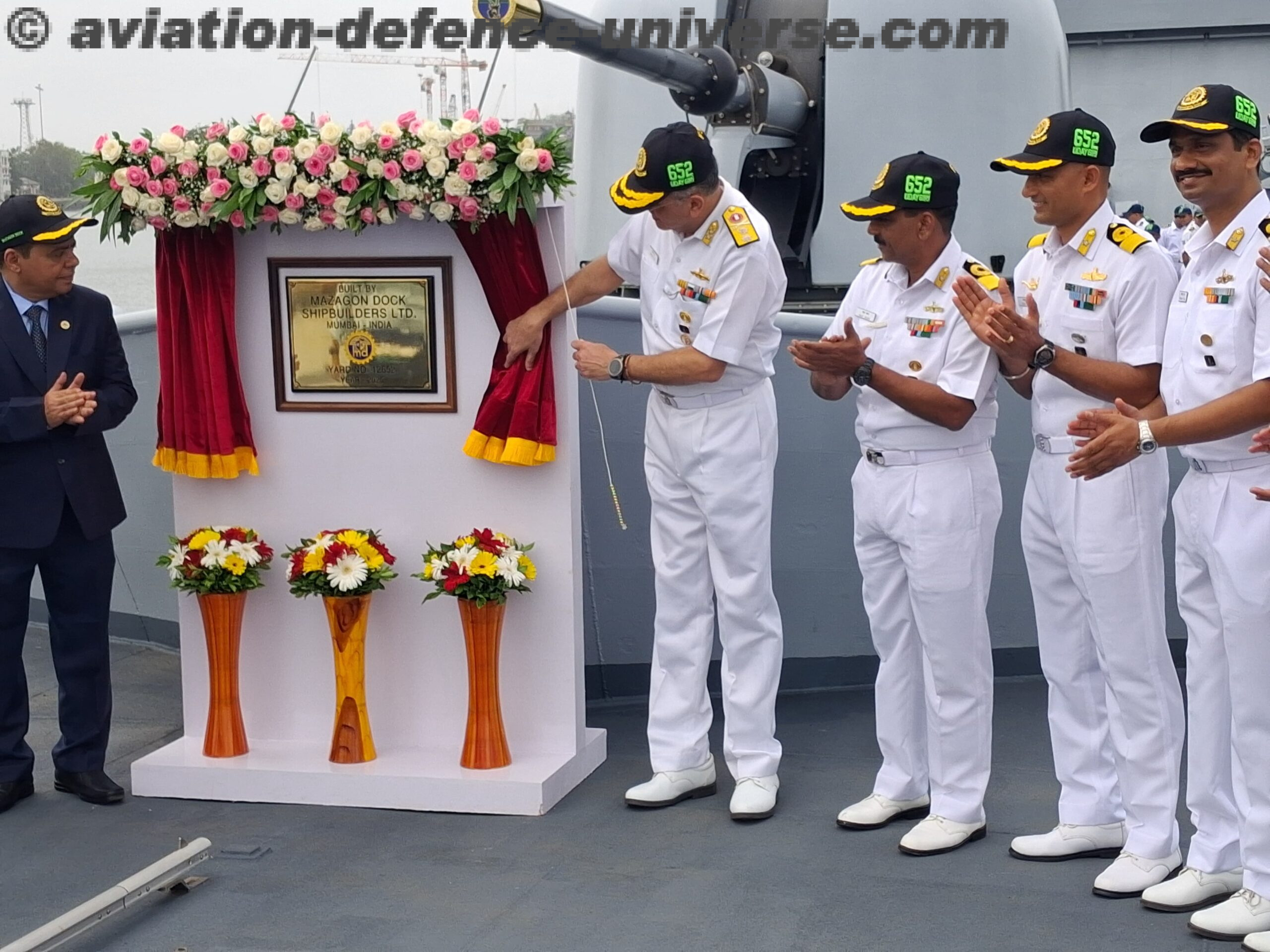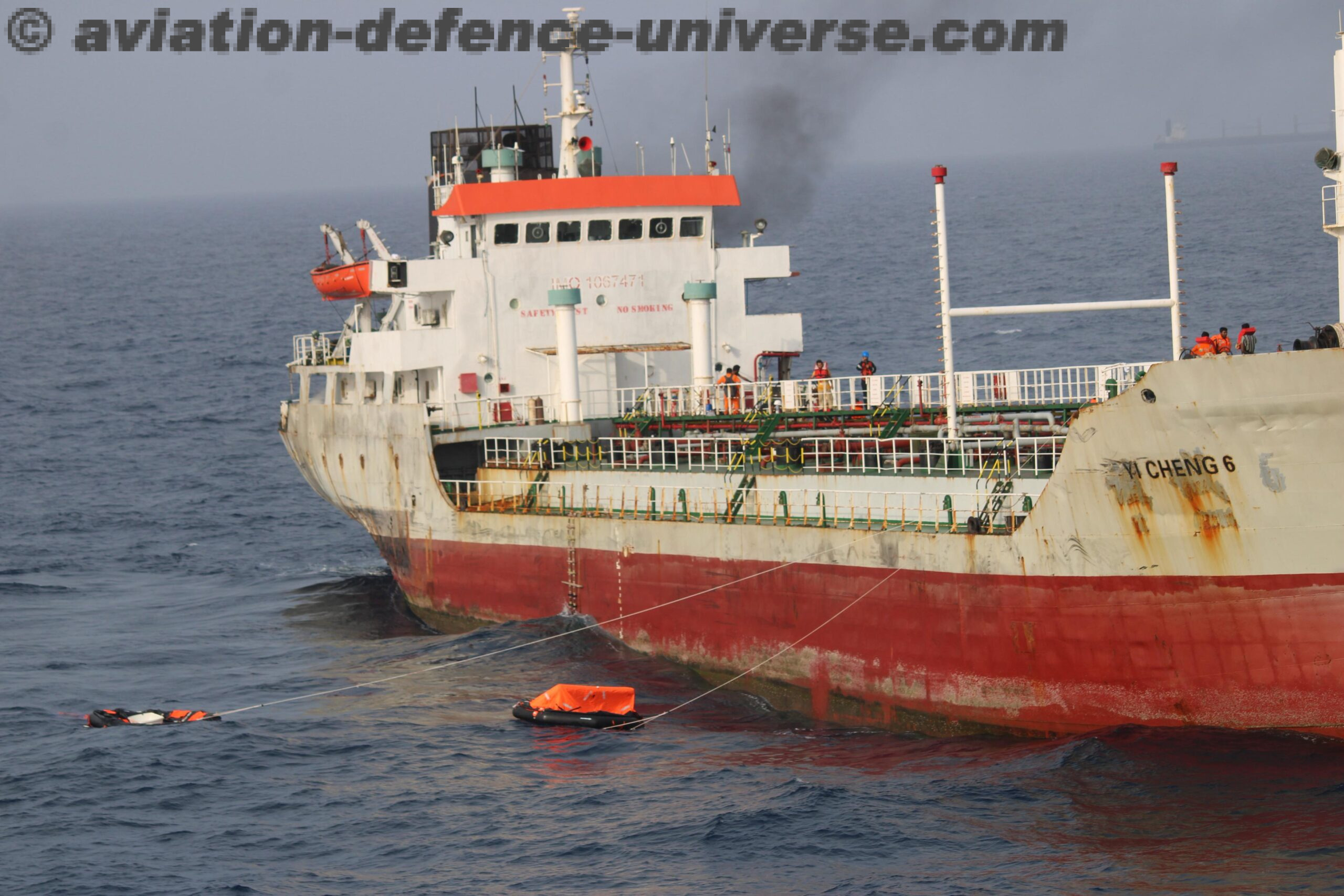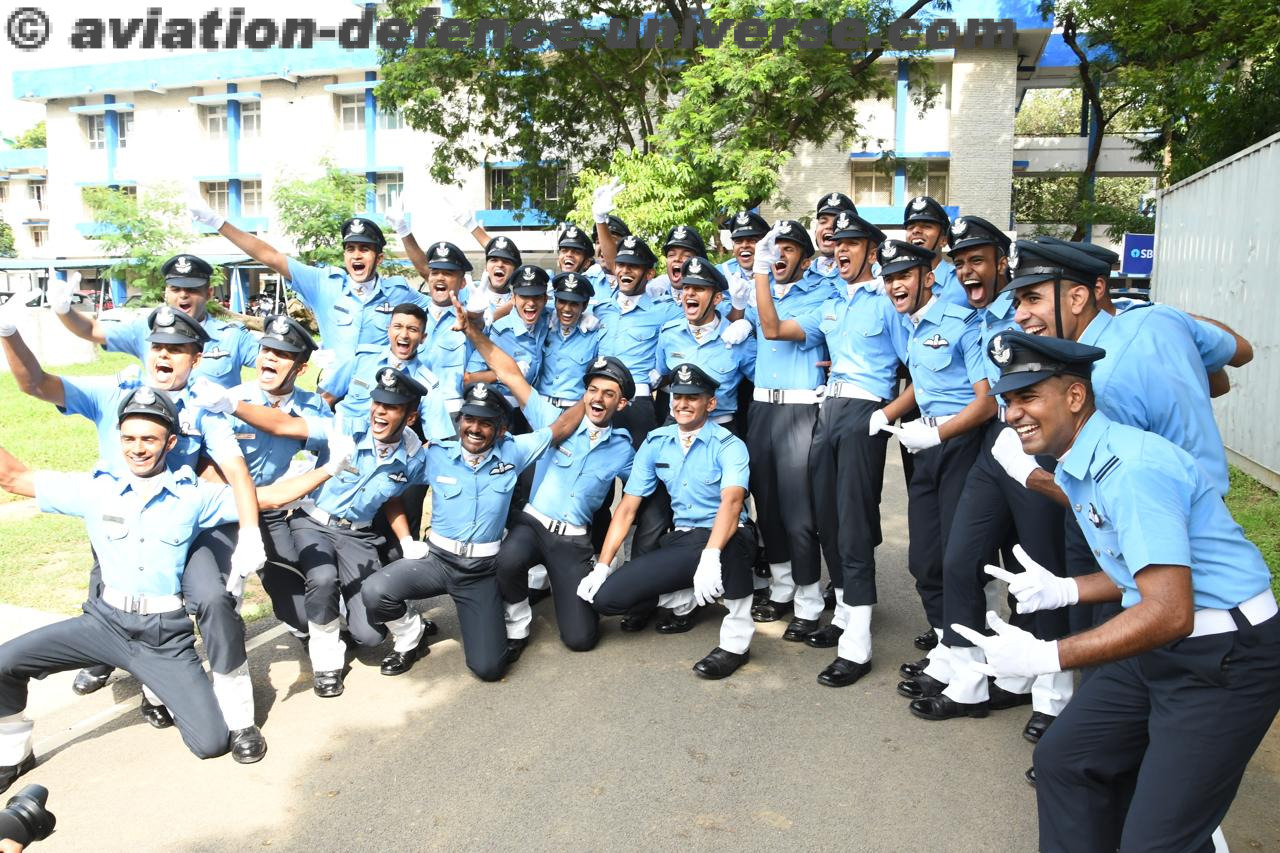
By Cesar Pereira
Head of Embraer’s Commercial Aviation unit in Asia Pacific
Singapore. 14 July 2020. Unreliable even during steady times, forecasts look especially unconvincing at the moment. A precise depiction of the airline industry’s recovery profile (depth, length and shape) depends upon various factors, including duration and magnitude of the outbreak, containment measures in place, degree of passenger confidence to resume air travel, and prevailing economic conditions.
As the pandemic continues to play out, it is evident that we are living in an extremely volatile, uncertain, complex and ambiguous world. As paradoxical as it sounds, the things we know we don’t know can provide vital cues about the possible path(s) to recovery. In this uncharted territory, the current state of play on its own leads to an ever-increasing need for flexibility. A flexible operation is key to reducing the impact of external factors, allowing airlines to adjust and rebound quicker.
THE OLD NORMAL: A VOLUME GAME.
For years, airlines exalted cost per seat as their fundamental guiding metric and main indicator of efficiency. And, in relentless pursuit of the lowest seat cost, airlines increased capacity, which then had to be sold at a lower price to stimulate demand. As competition and market share battles ensued, pressure to reduce unit costs led to a further increase in capacity which dipped airfares to low, unsustainable levels.
In summary, lower unit costs induced lower unit revenues which again forced lower unit costs, dragging airlines into a heady but vicious cycle that was difficult to break away from.
This pattern resulted in rapid growth but meagre profits over the past years and the 2020 outlook was no different. Although the current unprecedented impact was not even part of the worst bear case scenario, IATA had forecast that Asian airlines combined would report 4.7% EBIT margin this year, or only USD 3 profit per passenger. The updated forecast indicates that the COVID-19 can wipe USD 29 billion from the Asia Pacific airlines, the biggest losses among the regions in 2020.
In a high-volume, low-margin environment, a competitive cost structure remains strategically important for business sustainability. If revenue is aspirational, it is natural to lower costs to stay competitive — and sometimes even to survive. However, the cost per seat mantra can no longer be the key governing factor upholding business efficiency.
Passenger confidence will play an increasingly important role in the demand recovery narrative. This will further dilute the effectiveness of the cost per seat metric as passengers cannot be persuaded by low airfares. It would be a futile move as this is not only about price elasticity of demand.
Irrespective of whether the reduced demand is transient or structural, the airline industry is inherently cyclical and its volatility poses a risk. As every industry looks for untapped opportunities to improve efficiency, the aviation sector will strive to improve its financial health and grow sustainably.
Asia was the first region on the frontline exposed to the virus, so it is reasonable that many countries in the region are witnessing a gradual capacity recovery. However, it will take much longer for air traffic to reach 2019 levels. Southeast Asia is a good example of the gap between supply and demand. While capacity in countries like Indonesia, Malaysia and Thailand is gradually recovering and currently stands between 70% to 80% down from last year’s air service levels, demand (measured by tickets sold in June) is still 95% down. Even in countries with a sizeable domestic market such as Australia, China and Japan, traffic growth is lagging behind.
The over-reliance on large aircraft is notable in Southeast Asia and the negative impact of downturns is always amplified by overcapacity. Matching supply to demand must be at the core of business management and cannot be neglected in favour of metrics that go against the basic law of Economics.
A NEW NORMAL REQUIRES A NEW MINDSET.
The one-size-fits-all approach has never sounded more obsolete, while right-sizing has never been more appropriate. A diverse and flexible fleet will be instrumental in helping airlines re-establish networks by optimally balancing capacity and demand. As the headwinds ease, airlines with rightsized fleet will recover faster and stronger.
Right-sizing is now an industry buzzword and recognized as a strategic move to recuperate from the current downturn. It has been addressed in different ways, including fleet count and/or aircraft utilization reduction. Others refer to right-sizing as a downward shift towards 180-seat aircraft, down from 200+ seat large single-aisle or small twin-aisle aircraft (where range is not an issue, naturally). Both alternatives can provide short-term relief, but only a multi-fleet strategy, with diverse seat segments, provides the flexibility to adjust capacity to the new market demand.
Although there is an inherent resistance to move away from a single fleet strategy, the additional cost of complexity is offset by lower fuel burn, maintenance and ownership costs of a smaller aircraft. Additionally, after a fleet of 20-30 aircraft, the commonality benefit is marginal, if any. Above this threshold, the economy of scale, savings in fuel, maintenance, and ownership of a second (smaller) aircraft more than offsets the complexity cost of a second fleet type.
With passenger bookings collapsing at an unprecedented pace, airlines with a mixed fleet strategy will have the power of flexibility, aligning capacity to demand, as and when required
In a simple, theoretical example, a typical market served by a 230-seat aircraft with an average of 200 passengers on board in 2019, will probably have 100-120 passengers in each flight over the next few years. As the new scenario suggests that pricing has a very limited effect on demand, this new normal would push airlines to consider a new tactical approach: (1) keep aircraft size and reduce service level, (2) downgauge to a 180-seat aircraft, or (3) right-size operations with a 100-150 seat aircraft.
Cutting down frequencies is not the ideal way to optimize costs as ownership and crew costs will still have to be accounted for. Network planners learn since day one that aircraft utilization must be maximized to increase efficiency. Although the number of passengers is not enough, a 180-seat aircraft deployment could minimize the losses to some extent, as it offers a 10% lower operating cost compared to a larger single-aisle operation. A 100-150-seat jet, on the other hand, can not only match market demand more closely, but would also turn the operation into black, with over 25% lower trip cost.
On top of that, fear of contracting the virus and increased complexities driven by social distancing measures at major airports will likely push passengers to avoid congested hubs. Non-stop, pointto-point operation will be preferred which is economically viable only with smaller aircraft.
Everybody wins – less congested airports and flights, less pressure on airport infrastructure, shorter travel times, and higher profitability for airlines. Passengers will feel more comfortable and demand will recover faster.
Rather than complexity, multiple fleet types will be seen as an “insurance” to help airlines navigate the ever-changing environment.
Demand does not and will not warrant such large concentration of large narrow-body aircraft: one size simply does not fit all, and a rationalized fleet does not necessarily signify an optimized one. The acute seat segment gap below 150 seats virtually vacated by A320s and 737s, will drive a demand for new aircraft types to offer the right capacity and right frequency to contribute to the bottom line.
In the near term, airlines will be preoccupied with preserving cash, improving liquidity and getting airplanes back in the sky. However, a shift in focus to prepare for the mid and long-term new normal has to be deliberated with a sense of urgency. History doesn’t need to repeat itself, but at the very least, it can act as a useful beacon for airlines in the next normal and beyond.














